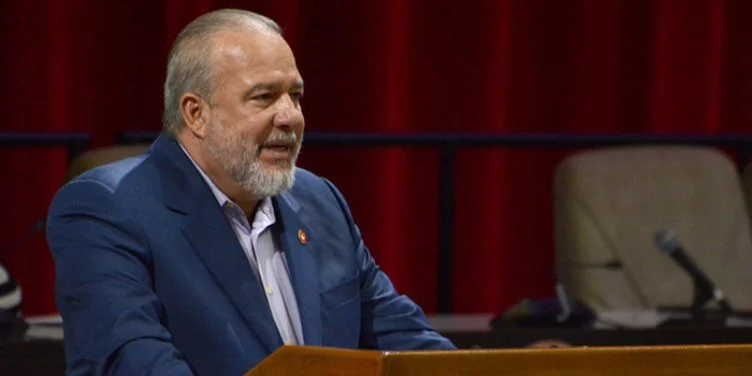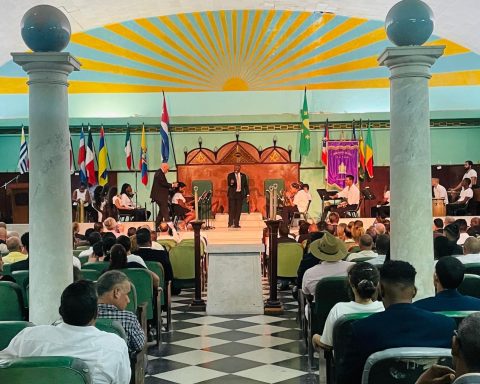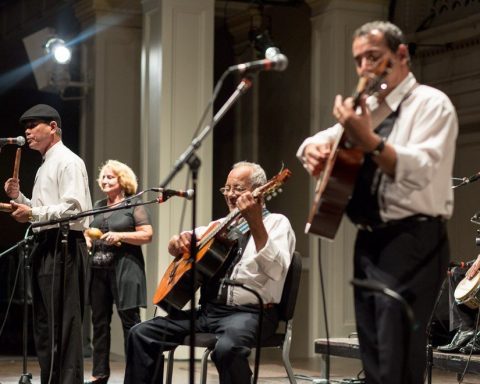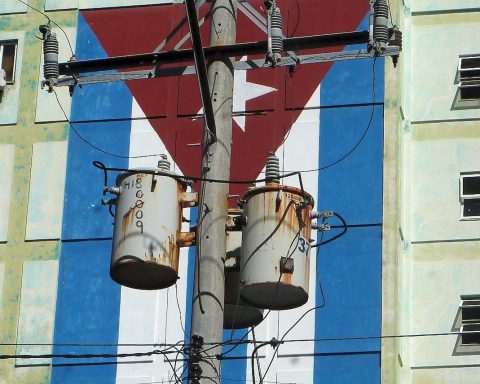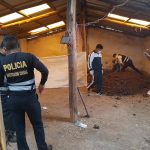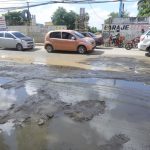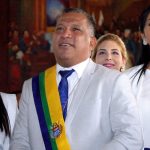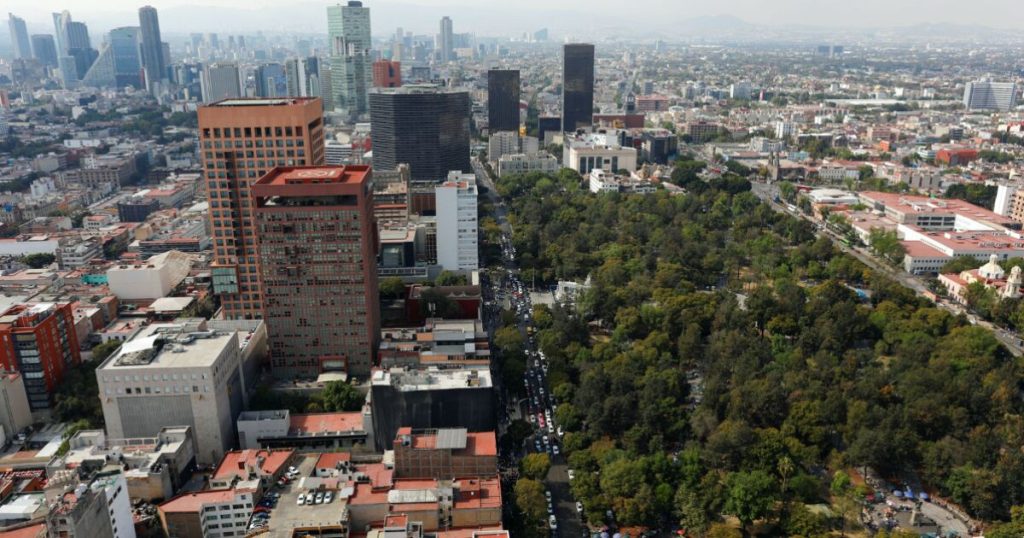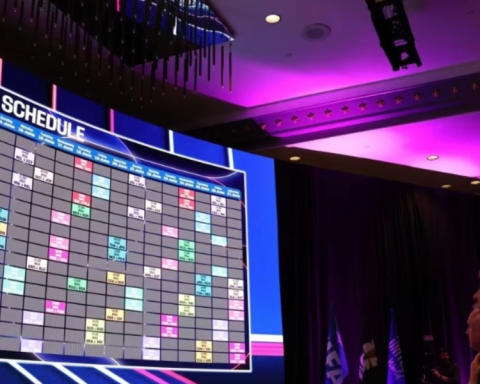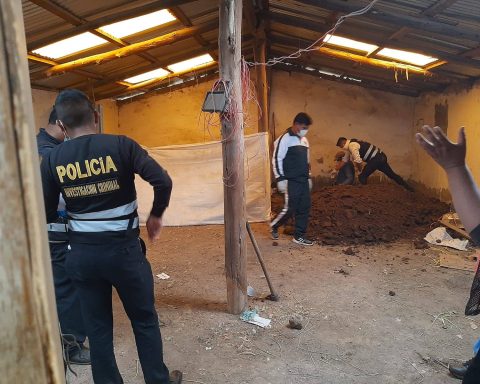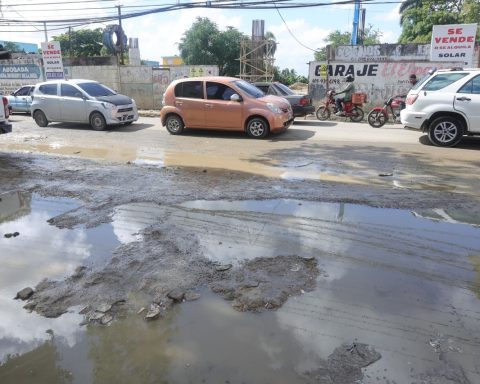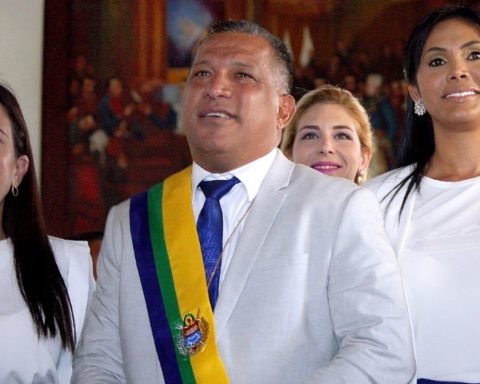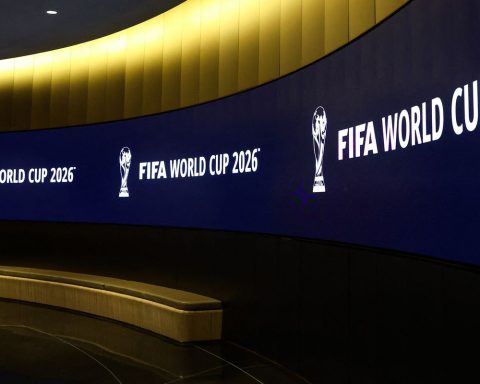HAVANA, Cuba. – After the announcement in the National Assembly of People’s Power, by Prime Minister Manuel Marrero, that payment in dollars for some goods and services in the national territory would be enabled, on January 7 the official Facebook account of the The Government took on the task of pointing out some of the aspects discussed by the Head of Government.
Many people have reacted with displeasure to the opening of a supermarket in the Havana neighborhood of Miramar that only accepts dollarsas well as the establishment of payment with said currency in certain tourist centers such as Casa del Habano, international pharmacies, opticians, clinics and at the country’s airports.
Evidently, we are witnessing a process of dollarization that creates – or reinforces – the economic apartheid suffered by ordinary Cubans, who will not be able to access these goods and services.
But the most significant thing about this new maneuver by the Castro leadership is that kind of tongue twister that Marrero Cruz used when he announced this germ of dollarization, and which has subsequently been reaffirmed by the aforementioned writing from the Government’s Facebook account.
We refer to this partial dollarization of the economy, “and then follow the path of partial de-dollarization of the economy.” The prime minister also described partial dollarization as “a necessary process whose essential purpose is to gain control over the currencies that today move illegally in the social environment, in order to be able, in this way, to put them into function of the well-being of the population.”
In the hypothetical case that the Castro regime manages to control the currency that circulates in the country, it is very difficult to believe in Marrero Cruz’s promise about a future de-dollarization that would make these goods and services available to the population in national currency.
It is difficult to think that that store in Miramar or those establishments that from now on are going to sell in dollars are going to be closed, or to change the type of currency of their transactions in order to please the overwhelmed consumers. Also, do not forget that a weak currency (the Cuban peso) almost never manages to displace a strong currency (the dollar).
We cannot fail to mention the serious damage that this dollarization – particularly the aforementioned Miramar store – causes to the stores in freely convertible currency (MLC), that other bastion of apartheid created by the defenestrated former Minister of Economy and Planning, Alejandro Gil.
The authorities have had to limit the supply to the stores in MLC to adequately supply the dollar store opened in the exclusive Havana neighborhood of Miramar, which constitutes a kind of betrayal to the Cubans who deposited the dollars and euros on their cards ― almost all sent as remittances from abroad― which allowed them to buy in MLC stores.
A recent visit to several MLC stores allowed us to see that coffee, cheese, ice cream, milk and other items that were previously abundant on their shelves are now in short supply. Added to this is the disdain that the MLC currency is finding in MSMEs and other establishments, both state and private. Almost none of them accept MLC transfers as a means of electronic payment. In that sense, there is no shortage of those who predict that the MLC’s days are numbered.
In the midst of such a context, a rise in the dollar exchange rate is seen in the informal market, which some observers already They predict that it will reach 500 Cuban pesos this year.
This time the rise of the green currency could come from demand, since Cubans – actually those who can – will have no choice but to look for dollars to access the stores that Castroism prohibits to the majority of the population. .
